After a decade of pause, the race to train human resources for the nuclear power industry has officially restarted. This is not only a problem of quantity, but also a huge challenge of quality and training strategy in the context of science and technology sectors facing many difficulties. Deputy Minister of Education and Training Hoang Minh Son had a discussion with reporters to clarify the strategy to ensure success.
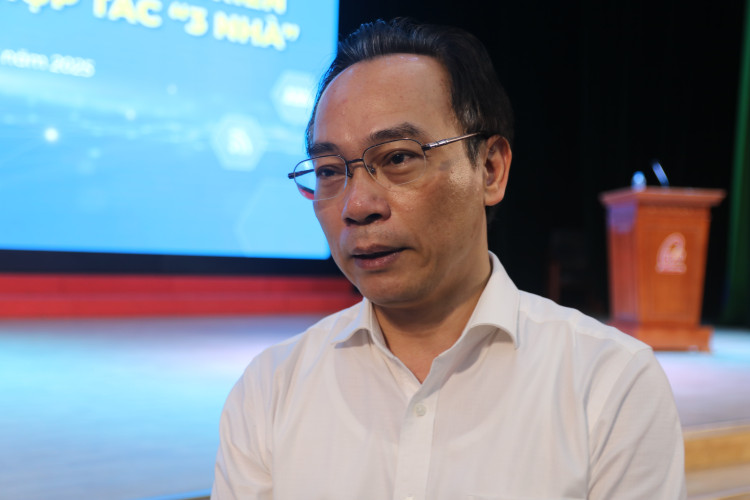
Training on 'order' from large corporations
Reporter: Deputy Minister, with the project of training human resources for the nuclear power industry, how will the specific plan from 2025-2030 be based on "orders"? Previously, Hanoi University of Science and Technology had a training program of 1,000 human resources but it was stopped, so what is different about this plan?
Deputy Minister Hoang Minh Son: When developing this project, the Ministry worked with large corporations expected to be assigned to participate in the construction of the projects. They are Vietnam Electricity Group (EVN) and Vietnam National Industry and Energy Group (formerly Vietnam Oil and Gas Group). These two corporations were assigned to build the projects and conducted very careful surveys.
Nuclear power plants have a relatively clear human resource structure. The Ministry of Education and Training also has experience in developing training plans. The previous work had to be stopped because of policy. As for the human resource team in nuclear power plants, although the technology in different countries may be different, the human resource structure has basically determined the fields, occupations and levels of training needed. The Ministry builds plans on that basis.
Of course, this is the plan, and when implemented, it will be based on the specific conditions and progress of the project to assign targets and select schools to participate in training in each phase.
PV: So are there concerns about the facilities and teaching staff not meeting the requirements, leading to training not meeting market needs, Deputy Minister?
Deputy Minister Hoang Minh Son: The most important thing in training is the capacity of the teaching staff, training experience and facilities. Therefore, when developing the project, we also planned to select participating universities. These schools must have a teaching staff that meets the requirements, have training experience and have an initial infrastructure foundation.
Schools selected to participate in the training will also be given priority for investment to upgrade and expand facilities and laboratories. The project also sets out such tasks. In the future, when schools participate, they will also propose investment projects to upgrade laboratories.
Need a synchronous solution to attract good students to STEM
PV : Currently, the source of university admissions comes from high schools. So how do we need to have a more specific plan from the high school level, when the number of students studying natural sciences is less than the number of students studying social sciences, sir?
Deputy Minister Hoang Minh Son: Training for nuclear power is diverse, it is possible to select students from the third and fourth years of electrical engineering, chemistry, and nuclear engineering for in-depth training.
As for training human resources in basic sciences, mathematics, engineering and technology in general (STEM), the Project on Training Human Resources for High-Tech Development has also proposed solutions to not only increase the quantity but also increase the quality of input. One of the goals of the project is to increase the proportion of students in STEM fields to 30-35%.
To do this, many synchronous solutions are needed. In terms of policy, the State will have incentive policies on scholarships and tuition fee exemptions; universities themselves will also have their own policies.
Second, the most important is job opportunities. With Resolution 57, the Government is making efforts to attract investment in the fields of science, technology and engineering. As industry develops, the demand for human resources will increase, and that is a very important driving force to attract students.
Third, career guidance in high schools must be strengthened. The most important thing in career guidance is to provide adequate facilities for students to study, practice, and experiment. When students learn technology, engineering, physics, chemistry, etc. in a practical way, and participate in STEM movements and startup competitions, they will love it. When they love it, more students will choose to study it.
Next, the Ministry will also consider reforming the program to create conditions for students to develop their strengths, not only in natural sciences or social sciences. When students are able to develop their strengths, choosing fields with a promising future will be easier.
PV: So does the 2018 general education program need any adjustments, Deputy Minister?
Deputy Minister Hoang Minh Son : Education programs, like training programs, are not immutable. When building, we must regularly review, supplement, and edit, and that is also innovation. If we stop innovating, we will slow down. The world and science and technology develop very quickly, the country's requirements in each stage are also different, so reviewing to correct what is inadequate, supplementing and adjusting is necessary, not completely redoing a new program.
The Ministry of Education and Training, together with training institutions and research institutes, are focusing on implementing four key projects that have just been approved by the Prime Minister, including the Project on Training Human Resources for High-Tech Development in the 2025-2035 period and orientation to 2045; the Project on Developing a System of Excellent Training Centers and Talents for Technology 4.0 by 2030; and the Project on Training and Fostering Human Resources for Nuclear Power Development by 2035.
11 domestic training institutions participate in training and fostering human resources to serve Ninh Thuan 1 and Ninh Thuan 2 nuclear power plants, including:
Hanoi University of Science and Technology; University of Science (Vietnam National University, Hanoi); University of Science (Vietnam National University, Ho Chi Minh City); University of Electricity; Dalat University;
Vietnam Atomic Energy Institute (Ministry of Science and Technology); University of Technology (University of Danang); University of Technology (Vietnam National University, Ho Chi Minh City); Hanoi University of Civil Engineering; Ho Chi Minh City College of Electricity; Vietnam College of Petroleum.
Deputy Minister of Education and Training Hoang Minh Son emphasized that it will be impossible to develop science and technology and innovate in a breakthrough way without high-quality and talented human resources.
There will be 100 talent training programs up to engineer and master's levels and 100 biomedical training programs, in which there are many fields, with priority given to digital technology, artificial intelligence, and biotechnology.
Source: https://khoahocdoisong.vn/cuoc-dua-dao-tao-4000-nhan-luc-cho-dien-hat-nhan-post1549138.html


![[Photo] General Secretary To Lam chairs the 14th Central Military Commission Conference](https://vphoto.vietnam.vn/thumb/1200x675/vietnam/resource/IMAGE/2025/6/20/a9d25fc6dd664fb9a3757502f32e5db0)

![[Photo] Panorama of the Opening Ceremony of the National Press Festival 2025](https://vphoto.vietnam.vn/thumb/1200x675/vietnam/resource/IMAGE/2025/6/20/6b835ee92c2c4df587af73cb2d1f4f5f)



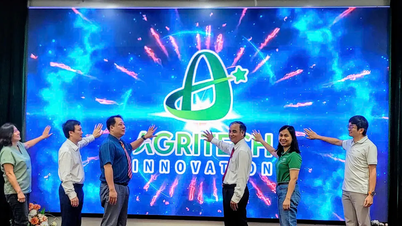


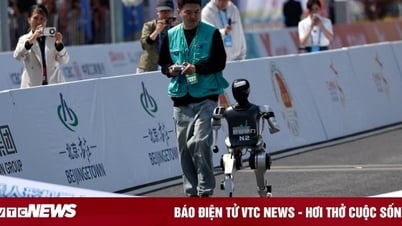


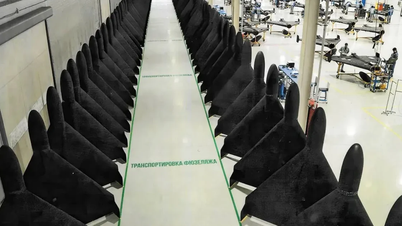










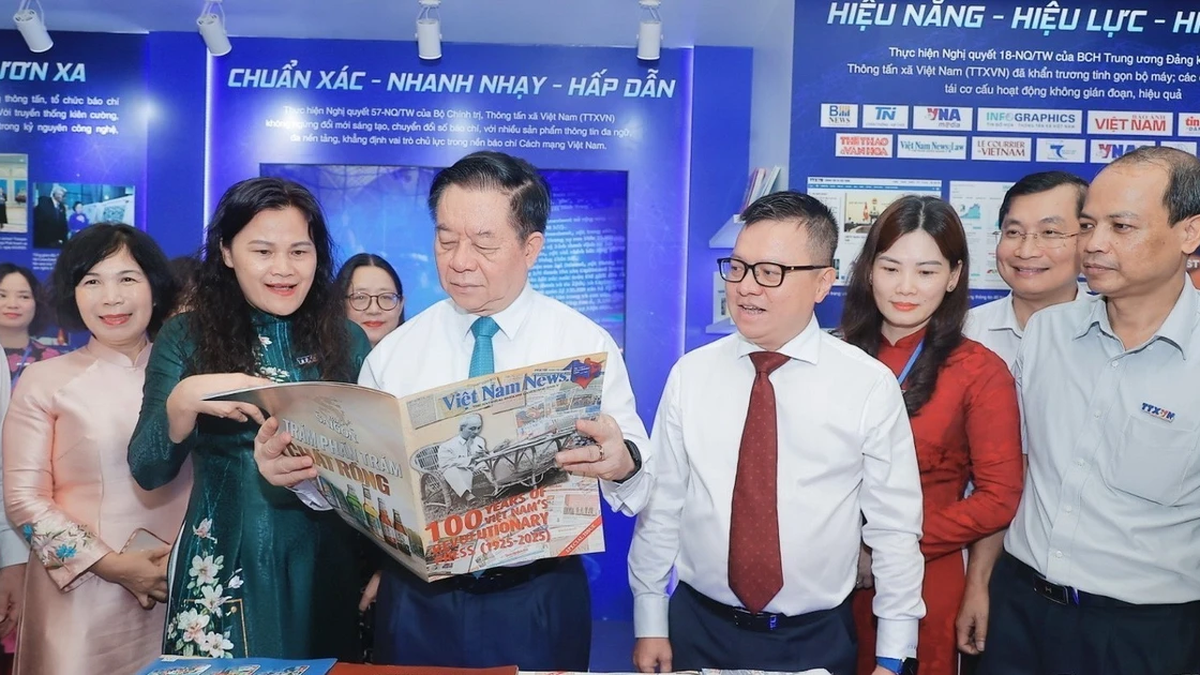


























![[Maritime News] Wan Hai Lines invests $150 million to buy 48,000 containers](https://vphoto.vietnam.vn/thumb/402x226/vietnam/resource/IMAGE/2025/6/20/c945a62aff624b4bb5c25e67e9bcc1cb)





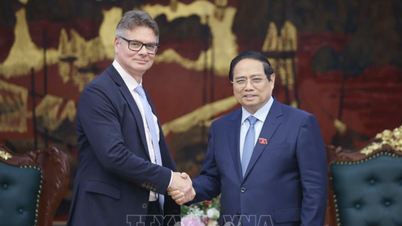







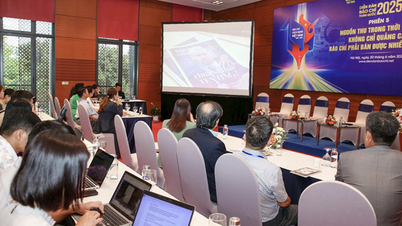

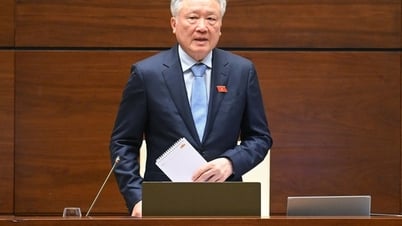




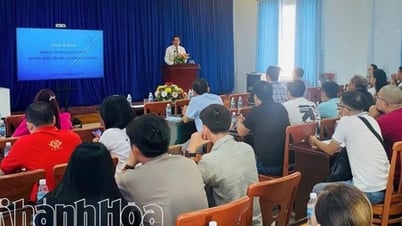
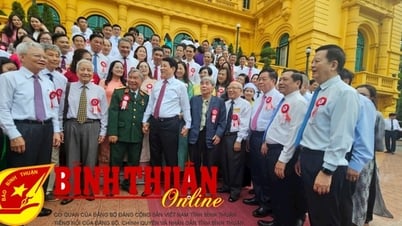

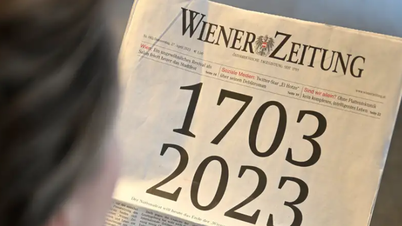

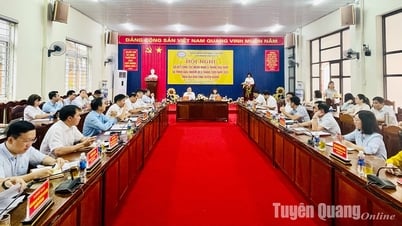



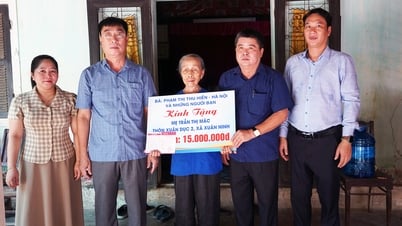

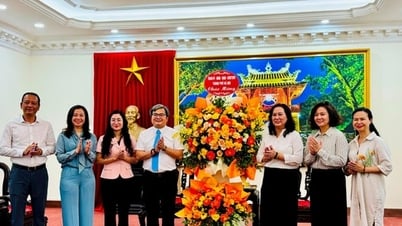















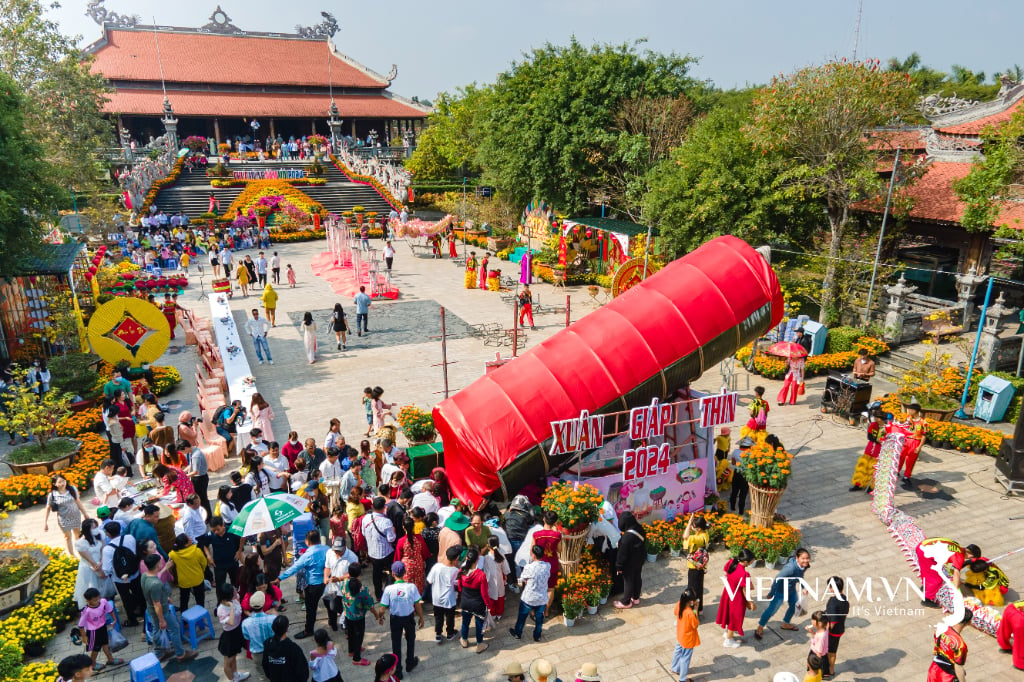
Comment (0)